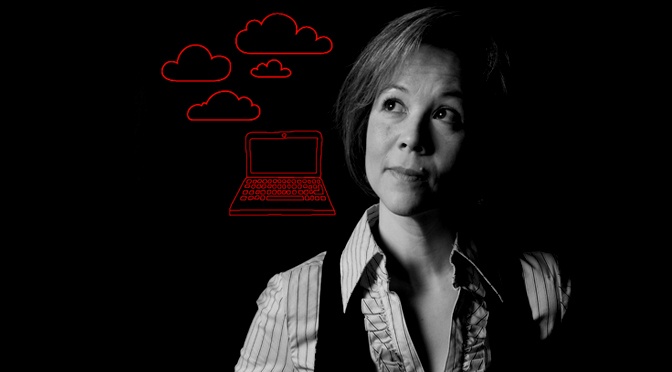The best way to manage digital at your organisation will depend on your individual situation. While no two companies are the same, they tend to follow one of four models: informal, centralised, decentralised, and hybrid. CIOs looking to lead digitisation in their organisations should take note.
Informal
An informal model essentially means a lack of any strategy. There’s no structure to digitisation efforts and digital work is loosely and randomly dispersed across various functions and departments. This leads to many inefficiencies and stopping and starting depending on funding and capacity to carry initiatives that haven’t been pre-planned.
As a recent Harvard Business Review article states, “Without a strategy, digital transformation efforts can easily become a grab bag of much-touted best practices.” Digital transformation efforts fail more often than not, so formalising the process is critical.
Centralised
The centralised model is much more common, as most organisations have learned to manage other functions in this way. If there is already little collaboration between the IT department and the rest of the business, then the digital transformation process will likely continue in this way. This means putting digital in the IT silo, with the CIO in charge of running it, and serve the institution from this central place.
But just because you have a digital transformation strategy, doesn’t mean it’s great – this is what Gavin Gomes, Director at Canon Business Services told a room of IT leaders at this year’s CIO Summit in Sydney.
There are many advantages to the centralised model, including consistent messaging, common tools, clear ownership, and easy reporting lines. However, it’s going to be a lot harder for IT to get the other functions on board and cooperating when they are not ‘part’ of the process per se. Communication is key, and without strong alignment between IT and the business, there will be resistance from departments who are happy with the way things are and don’t see a need to change.
Decentralised
In the decentralised model, multiple centres of digital leadership are established and digital roles are shared across the organisation by the heads of each line of business (LOB) function.
As the results of our recent Global CIO Survey showed, it appears that the decentralised model is where most organisations are headed. Many CIOs have now instigated ‘distributed’ IT environments within their organisations, which means each department has a designated IT team to drive digital. 83% of CIOs surveyed said that LOB functions now employ IT people whose role is to support business function-specific software, applications and cloud services.
However, this model also has its downsides. It can create a competitive rather than collaborative culture, can end up duplicating resources, and – without strong, central leadership overseeing digital initiatives and ensuring they all fit together for the audience – can contribute to the confusing user experiences.
Since some line of business functions are more digitally advanced than others by nature of their work, it reinforces existing silos. For example, with the ‘martech’ and ‘fintech’ revolutions, the marketing and finance disciplines have become almost completely digitally driven. This means they run a more sophisticated digital operation than, say, the HR department, and become more and more isolated from the core operation.
Hybrid
The more advanced version of the decentralised model is the hybrid model, whereby IT staff are distributed across the LOB functions, but there is strong overarching leadership and a core group of digital experts that lead key initiatives, set up frameworks, and connect the dots while supporting and collaborating with the departmental teams.
This model is extremely challenging to pull off as it requires collaborative leadership and this is a long shot for most established enterprises that have entrenched hierarchies. However, the more progressive organisations are making it work by embracing a ‘digital symmetry’ concept, whereby the CIO is in charge of modernising infrastructure and processes so that it can be the enabler of the organisation’s digital ambitions, and the Chief Digital Officer or similar is responsible for putting these ambitions into practice.
Working towards hybrid
When it comes to digital transformation, there’s no one system that fits all companies equally well or works under all circumstances. An explicit innovation strategy will help you design a system to match your specific competitive needs.
While the informal model is not ideal for anyone, the centralised and independent models get closer to what enterprises need to develop digital cultures. However, it’s the hybrid model that can most consistently produce the integrated, customer centric digital experience across all channels that is the holy grail of excellence in today’s world.
Interested in learning more? Click here to download our practical guide for leading change in the digital era.



